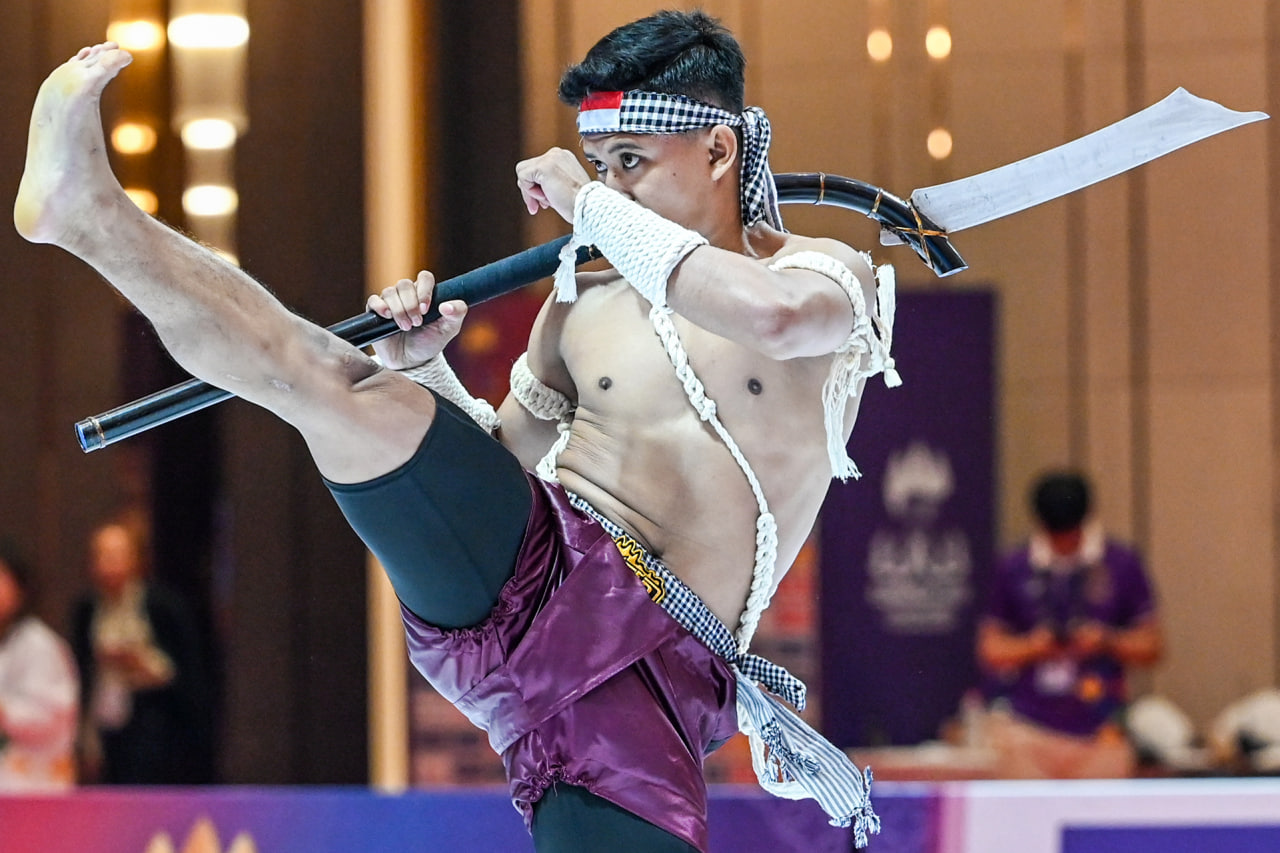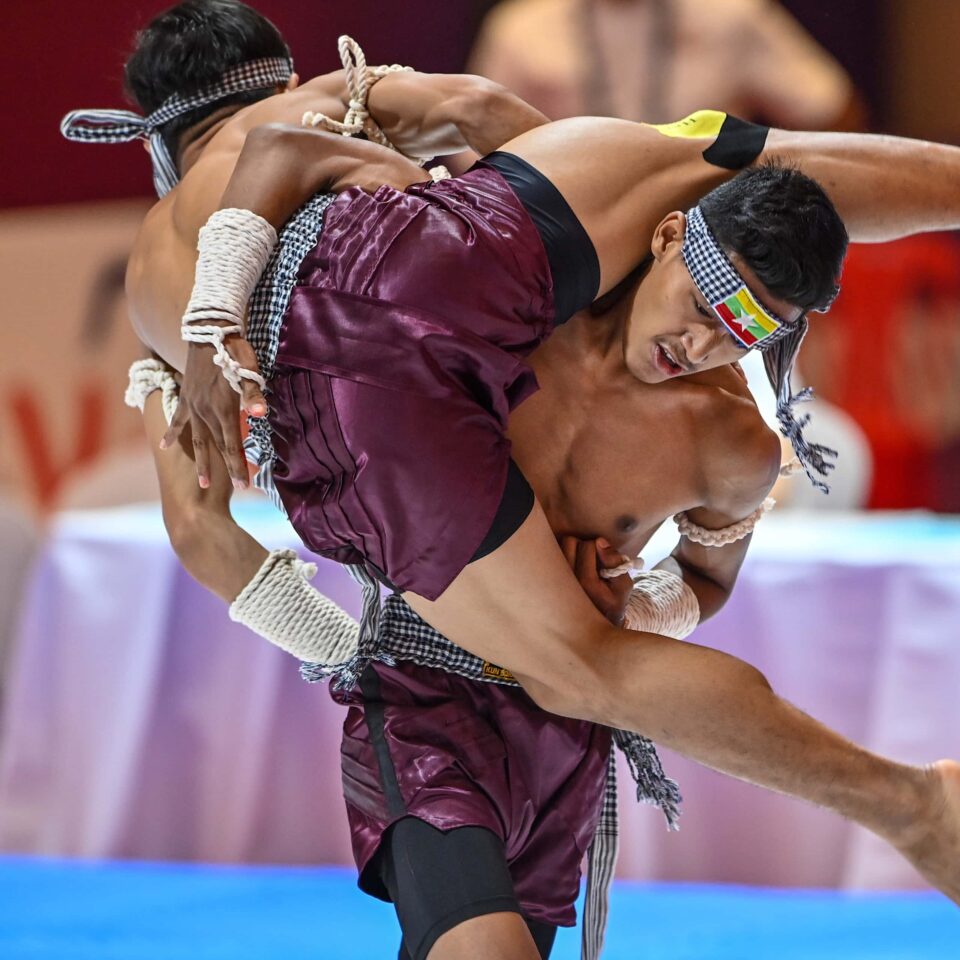Ever heard of the sport Kun Bokator? If you haven’t, you aren’t alone. Learn about this martial art from Cambodia right here.
The 32nd Southeast Asian Games has always been one of the best stages for countries in the region to showcase their most talented athletes across many sports, even the lesser-known ones.
This year, one of the surprising sports has been Kun Bokator.
It’s likely that you’ve never heard of this sport before. But now, you’re probably getting news about your country’s athletes winning medals for it at the SEA Games on your social media feed.
So let’s shine a brighter light on this fascinating sport. What is it, anyway?
Where did Kun Bokator come from?
Kun Bokator is an ancient martial art originating from Cambodia and is one of the oldest forms of self-defense.
Based on historical records, the roots of this martial art date back to sometime between the ninth and 15th centuries, as one of its earliest uses was connected with the Khmer Empire, which historians use to refer to as Cambodia during this period when it was an empire in Southeast Asia.
Originally, the army of the Khmer Empire made use of this as a form of self-defense to guard their people and land.
How does Kun Bokator work?

Like other more common martial arts, Kun Bokator uses hand-to-hand combat techniques with strikes, kicks, throws, joint locks, and grappling, but, practitioners utilize their entire bodies in combat.
This means that they also perform elbow strikes, knee strikes, and shin kicks, and they also use their head in fighting techniques. In addition, some sub-forms of Kun Bokator also sometimes make use of weapons including bamboo staffs, short sticks, or swords.
While it may still seem common to other forms of ancient combat, another aspect of the Cambodian martial art is that its techniques are meant to mimic “life in nature” taking movements from animals. For instance, Kun Bokator practitioners make use of styles inspired by the behaviors of cranes, lions, horses, and elephants, among others.
Similar to other martial arts, the Kun Bokator follows a belt system, which they call the ‘krama system,’ to determine levels among its practitioners. It begins with white and then goes through green, blue, red, brown, and black.
Kun Bokator in the SEA Games
Given that Cambodia is hosting the 2023 Southeast Asian Games, Kun Bokator has made an appearance as one of the martial arts competitions in the event.
As a competitive sport, the event has been split into two categories. The first category is performative, where athletes show off traditional movements and styles of the sport in artistic patterns.
The second category is the combative form, where two opponents face off against each other until one has fallen to the mat.
As its origins come from Cambodia, the country’s local representatives have dominated the sport thus far in the SEA Games. However, other countries have also been topping different categories, the Philippines being one of them, bagging multiple podium finishes already.
Although Kun Bokator is arguably one of the lesser-known forms of martial arts, especially outside of Cambodia, it is truly incredible to see gain recognition on the international stage at the SEA Games, and even more so that athletes from other countries have a passion for the sport.
Banner image from AFP.
Related Stories:
Sibol Wins Gold in the 2023 SEA Games Wild Rift!
LOOK: The Details of the SEA Games “Araw” Barong Pilipino by Francis Libiran
5 Facts You Didn’t Know About the FIFA Women’s World Cup Trophy
